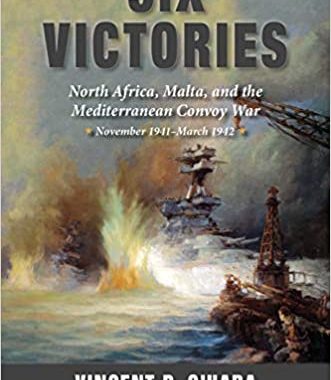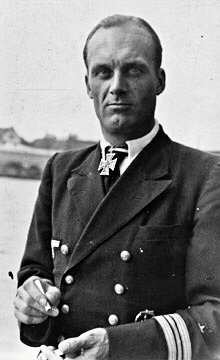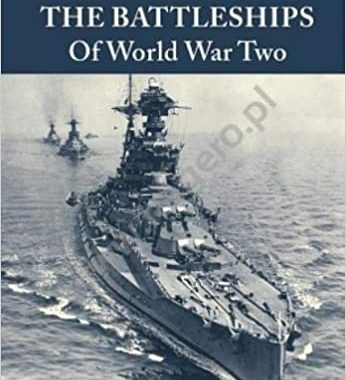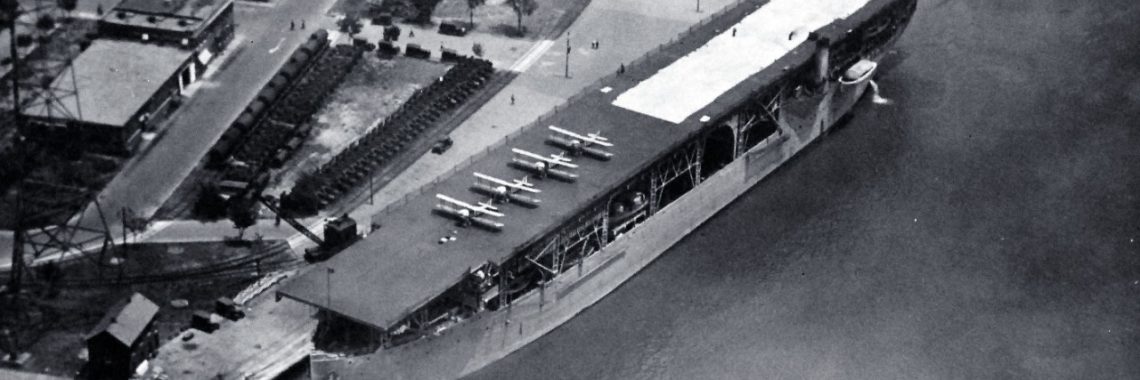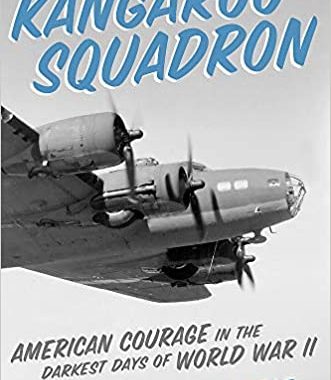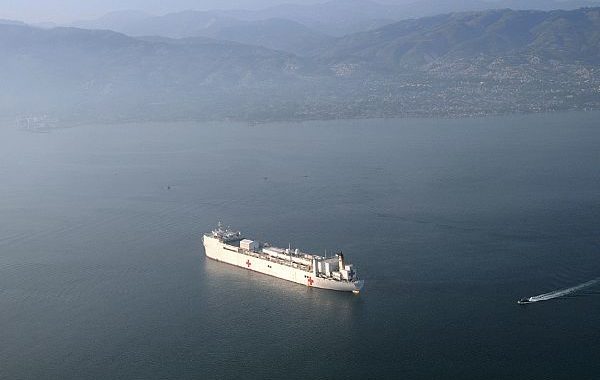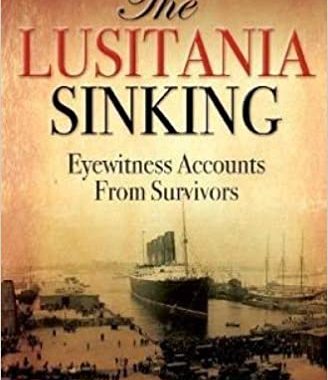2020 Teacher of Distinction Awards
For the third straight year the Naval Historical Foundation (NHF) will recognize talented middle and high school teachers whose students produce award winning projects having a naval or maritime theme in the annual National History Day (NHD) competition. Continuing a program started in 2018, NHF will present “Teacher of Distinction” awards to teachers whose students


